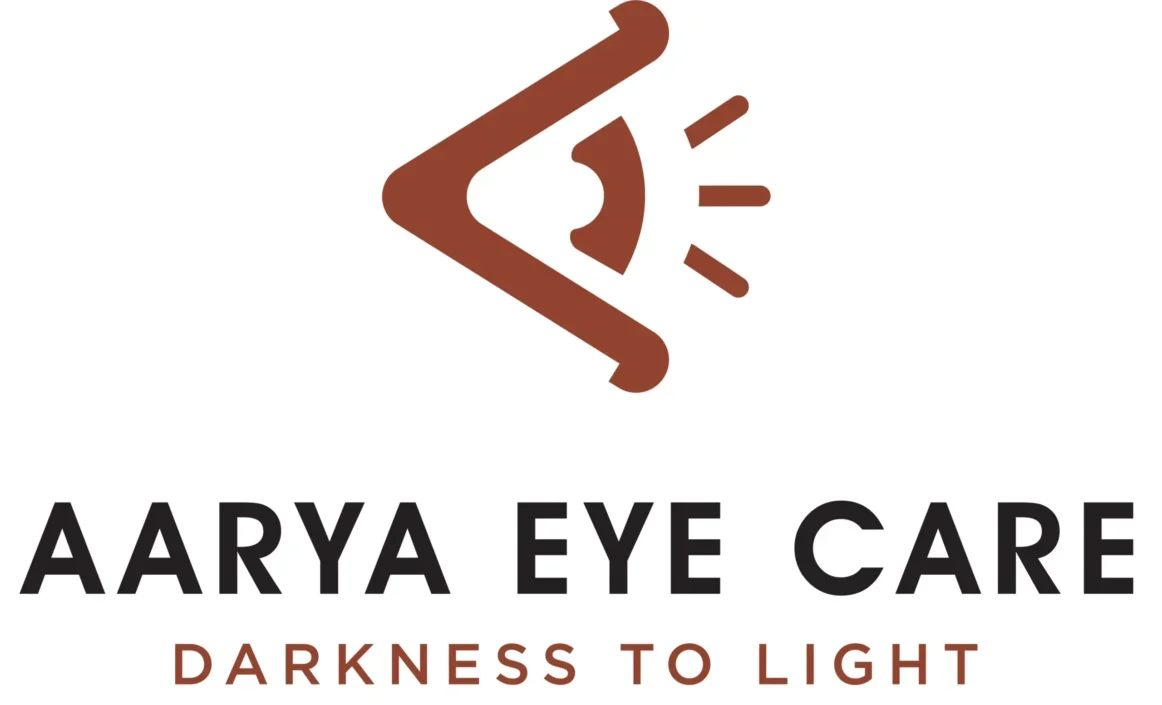What is Trans PRK? A Complete Guide to Transepithelial PRK Eye Surgery
If you are considering options for refractive eye surgery, Trans PRK (Transepithelial Photorefractive Keratectomy) is a highly effective and increasingly popular choice. Renowned for its precision and quick recovery, the advanced laser technique corrects vision issues like myopia, hyperopia, and astigmatism by reshaping the cornea without flaps. As it minimizes risks, this procedure is ideal for those with thin corneas or active lifestyles. After a thorough ocular evaluation, the laser is carefully applied to address each patient’s specific vision needs. Most patients notice improved vision within days, leading to a better quality of life and reducing reliance on corrective lenses. For those over 40 years experiencing age-related vision issues, such as difficulty focusing on nearby objects, PresbyMax is an excellent addition to Trans PRK. In this guide, we will explore the mechanics of Trans PRK, its benefits, and the types of patients best suited for this treatment.
What is Trans PRK Surgery?
Trans PRK Surgery (Transepithelial Photorefractive Keratectomy) is an advanced, laser-based procedure designed to correct refractive vision problems such as myopia, hyperopia, and astigmatism. Unlike traditional methods, using a single-step surface ablation process reshapes the cornea without creating a flap. During the procedure, a specialized laser removes the cornea’s outer layer and reshapes the underlying tissue to improve visual clarity. This flap-free method minimizes risks while maintaining corneal stability, making it especially suitable for patients with thin corneas or those engaged in high-impact activities. Trans PRK offers high accuracy, minimal discomfort, and a quick recovery, with most patients experiencing improved vision within a few days.
Who is the best candidate for Trans PRK Surgery?
People with myopia, hyperopia, or astigmatism look for vision correction.
- Patients who have thin corneas might not be able to get LASIK.
- Those engaged in high-impact activities like sports or military service, where flap-related risks are a concern.
- Candidates prefer a flapless procedure with minimal risk of complications.
- Patients seeking long-term visual stability and improvement without reliance on glasses or contact lenses.
- Aarya Eye Care Hospital features the world-class German Schwind Amaris laser system, to provide the best Trans PRK surgery in Thrissur.
- Using advanced Smart surf ace technology to complete the procedure within seconds ensuring safe and effective corneal reshaping for optimal visual outcomes.
- The Schwind Amaris machine uses 70 Mapping to correct 7D eye movements during surgery, ensuring precision and continuity.
- PresbyMAX corrects near-vision issues, offering a specialized solution for presbyopia, or age-related farsightedness.
- Integrating advanced technology with expert clinical care makes Aarya Eye Care committed to delivering exceptional patient results.
Benefits of Trans PRK Surgery
Trans PRK surgery offers numerous benefits for those seeking refractive vision correction. This innovative procedure significantly improves visual acuity while minimizing the risks associated with traditional methods. Patients typically experience a rapid recovery with a lower risk of complications
- Trans PRK is a safe procedure that preserves the biomechanical strength of the cornea, minimizing complications and ensuring long-term eye health.
- It is a quick, single-step procedure performed using one machine, ensuring efficiency without the need for prolonged treatment times.
- The expedited recovery process allows patients to return to their daily activities faster than with traditional PRK methods.
- Advanced technology minimizes discomfort, reducing pain levels and supporting a more comfortable healing experience.
- This procedure is particularly beneficial for individuals with thin corneas who may not qualify for other refractive surgeries.
Trans PRK Procedure
1. Initial Consultation
The initial consultation for Trans PRK surgery plays a vital role in thoroughly evaluating your eye health. During this appointment, your eye doctor will determine the thickness and shape of your cornea through advanced imaging tests like corneal topography and OCT. These tests provide a clear, personalized picture of your eye health, helping to customize the procedure to your needs. This evaluation helps ensure a safe procedure and gives you confidence in your vision correction process.
2. Step-by-Step Surgical Process
- Preparation with Anesthetic Drops: The procedure begins with the application of anesthetic eye drops to ensure comfort and eliminate pain during the surgery.
- Epithelium Removal with an Excimer Laser: An excimer laser precisely removes the outermost layer of the cornea (epithelium), allowing access to the underlying corneal tissue for reshaping.
- Corneal Reshaping for Vision Correction: The excimer laser then reshapes the corneal tissue, correcting refractive errors like myopia, hyperopia, or astigmatism to improve visual clarity.
- Placement of a Protective Contact Lens: After the reshaping, a therapeutic contact lens is placed on the eye to protect the cornea during the initial healing phase and promote comfort.
This minimally invasive, flap-free procedure ensures optimal results with a quick recovery time.
Recovery Process and Aftercare for Trans PRK
Initial Healing Period
The initial healing period after Trans PRK surgery involves mild discomfort, light sensitivity, and excessive tearing, which are temporary. The epithelium regenerates within 3-5 days, with most patients noticing improved comfort and vision shortly thereafter. Following post-operative care ensures optimal recovery.
Long-Term Recovery
Long-term recovery after Trans PRK surgery involves gradual vision improvement within a week, with complete clarity achieved over a few months. Regular follow-ups are essential to monitor healing and address any concerns promptly, ensuring the cornea stabilizes correctly. With proper aftercare, most patients experience significant visual enhancement and reduced reliance on corrective lenses.
Post-operative care is essential for optimal healing after Trans PRK surgery. To prevent complications, patients should avoid strenuous activities, direct sunlight, and eye rubbing. Regularly using prescribed eye drops is essential to promote healing, reduce inflammation, and keep the eyes hydrated. Following these guidelines ensures optimal results and supports the corneal healing process.
Conclusion
Trans PRK surgery offers a safe and innovative approach to refractive vision correction, delivering exceptional precision, minimal discomfort, and expedited recovery. This procedure enhances visual clarity and supports long-term ocular health, making it an ideal option for those seeking improved vision. Aarya Eye Care excels in performing the advanced TransPRK eye surgery in Thrissur, utilizing the German Schwind Amaris laser to ensure precise and accurate results supported by the expertise of skilled doctors. With a focus on safety and precision, Aarya Eye Care ensures optimal outcomes for every patient, solidifying its reputation as a leading choice in vision correction.
Frequently Asked Questions
Can Trans PRK correct age-related vision issues?
Trans PRK can effectively address refractive errors like myopia, hyperopia, and astigmatism, but it may not entirely correct age-related presbyopia.
Is Trans PRK painful?
No, both eyes are numbed with anesthetic eye drops, ensuring a pain-free procedure. Prescribed medications can manage any discomfort, especially during the first few days of recovery.
Are there any potential risks or side effects?
While rare, potential risks include temporary dryness, light sensitivity, or visual fluctuations, which usually resolve during recovery.
Can I go back to work or normal activities after Trans PRK?
Most patients can return to work after recovery, but it’s important to avoid strenuous activities and protect your eyes for optimal healing.








